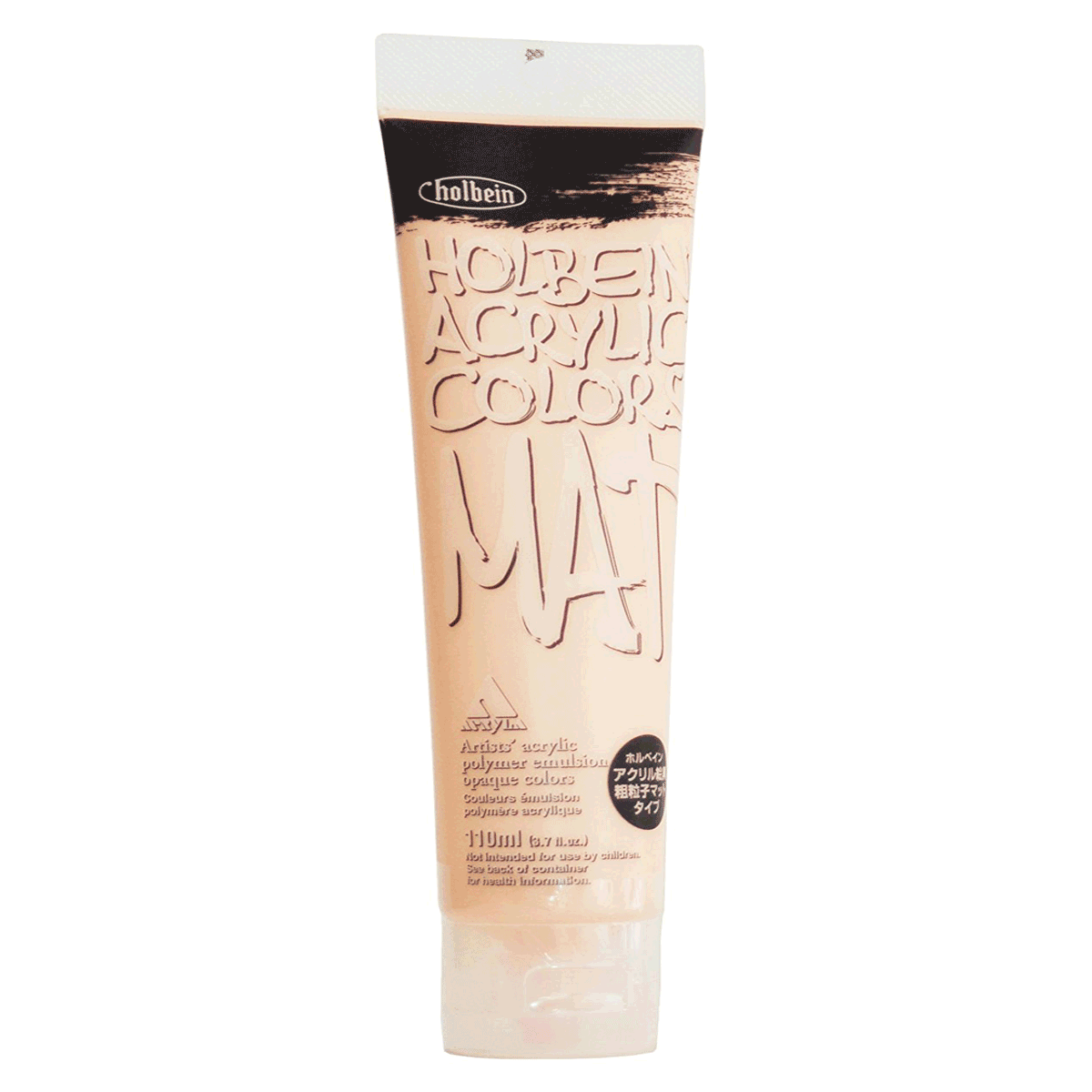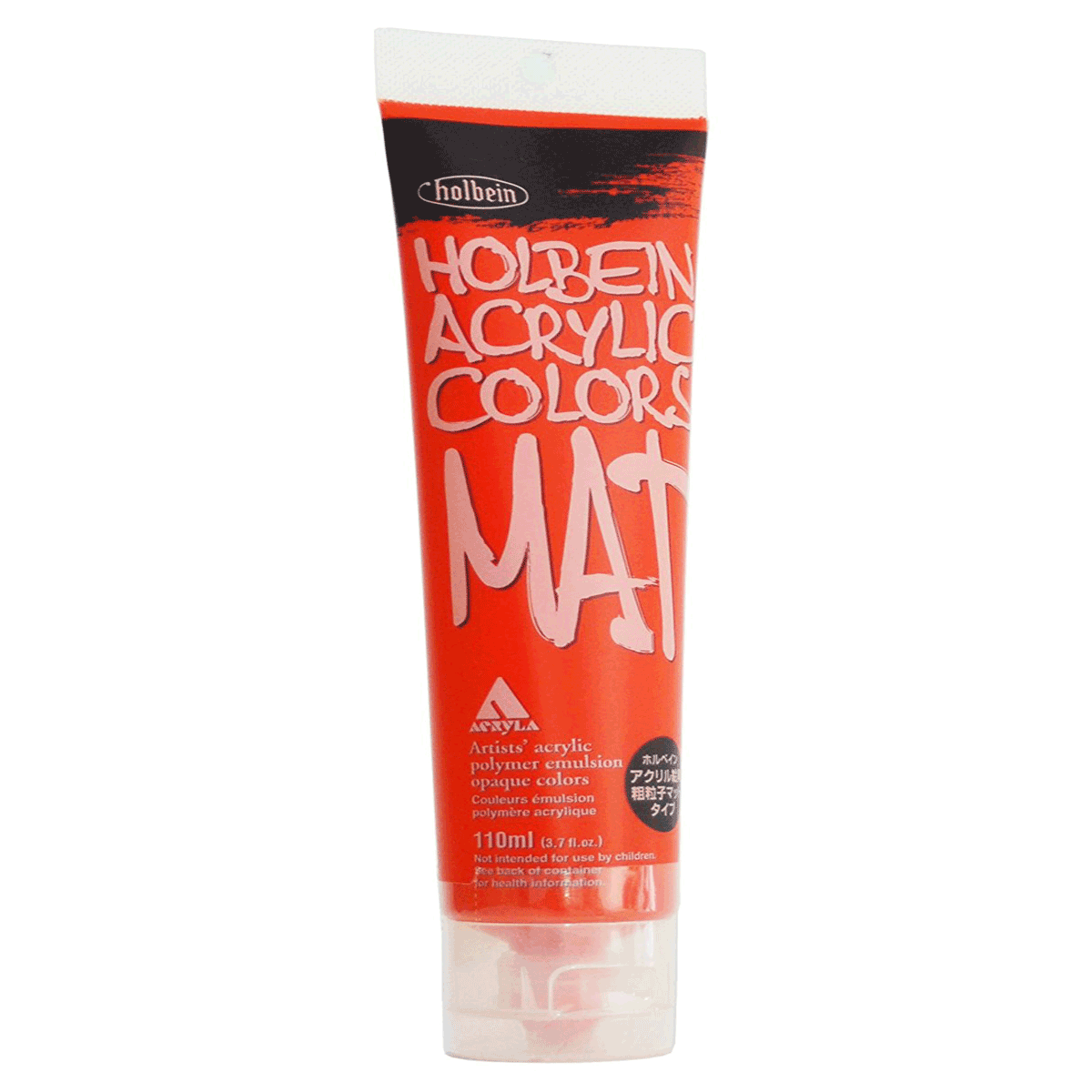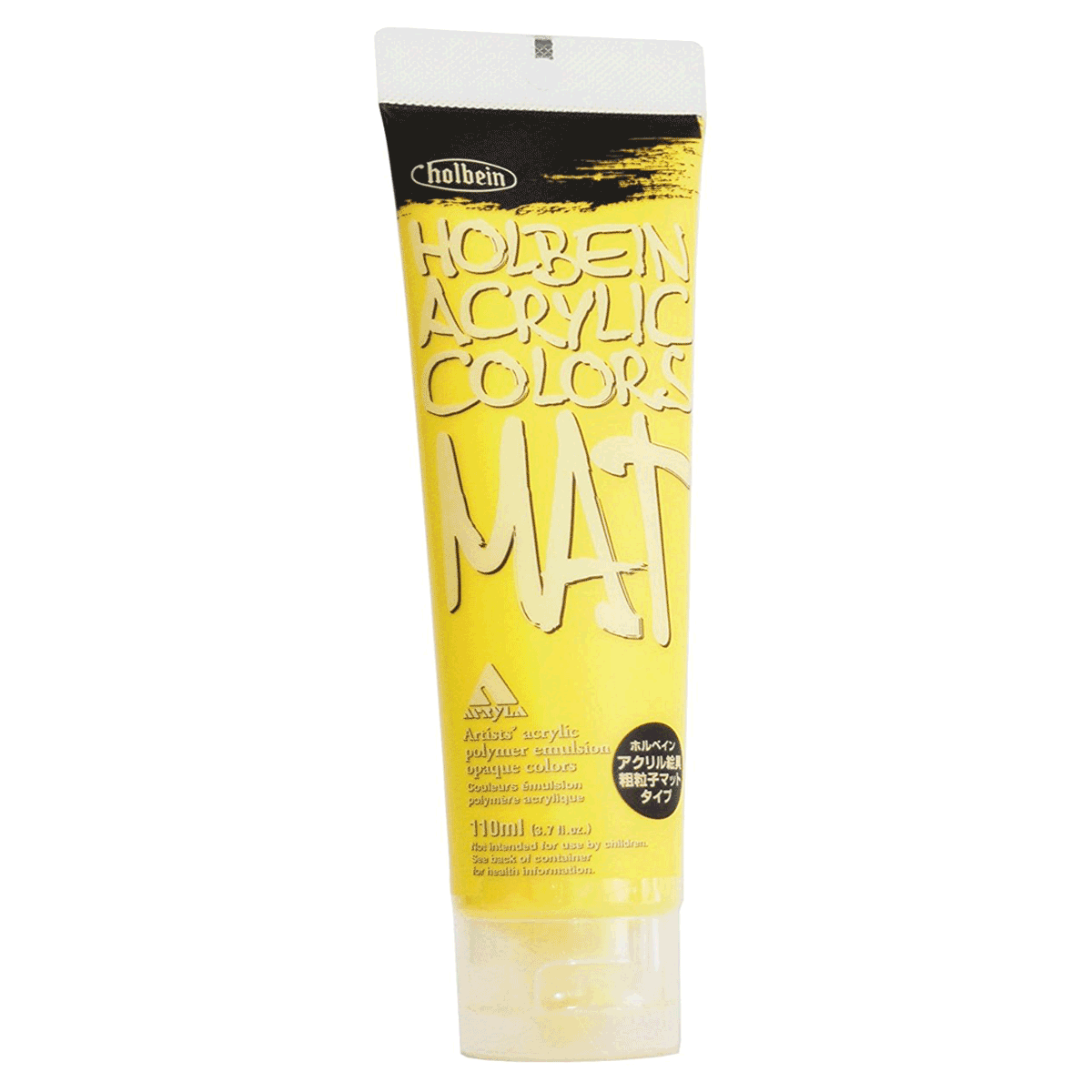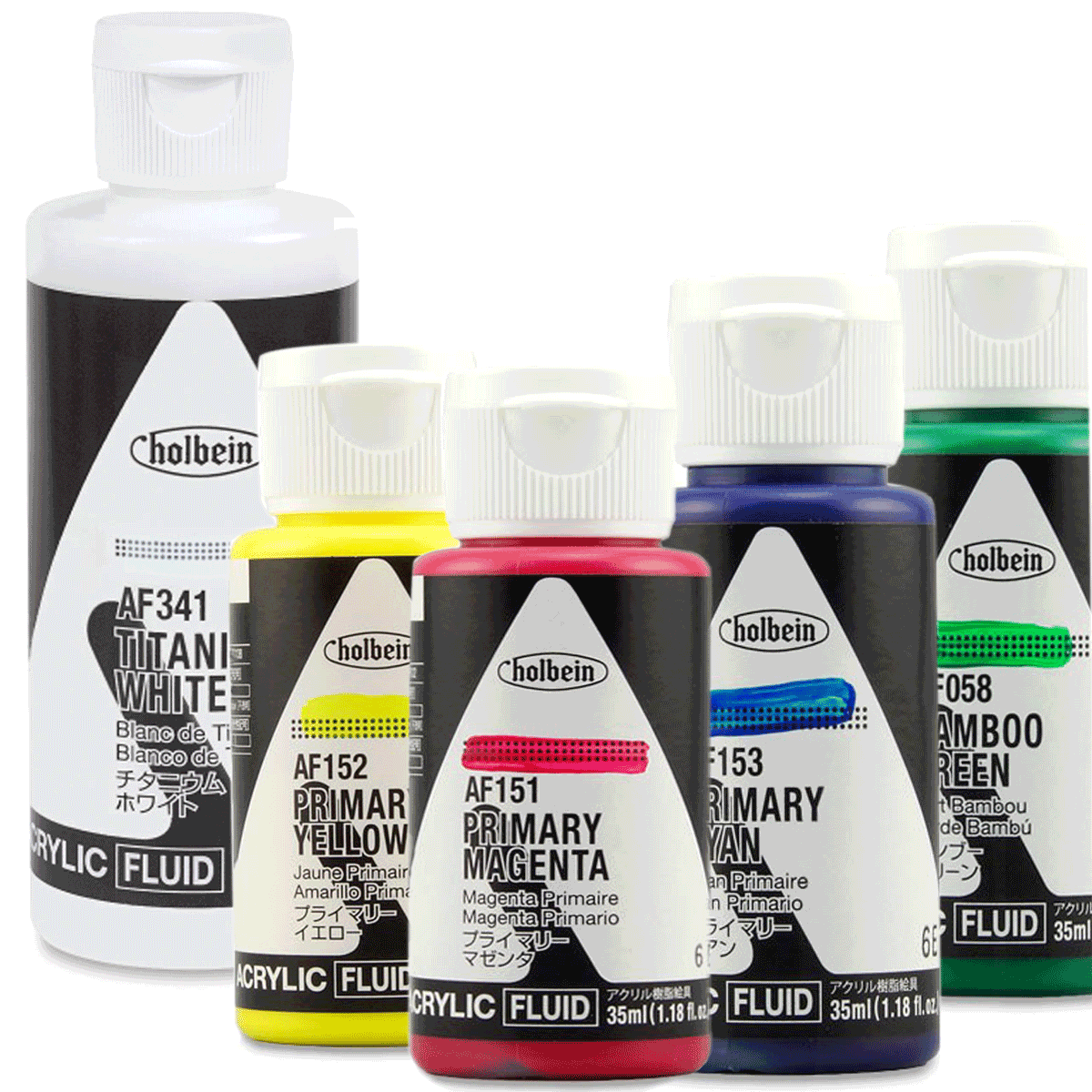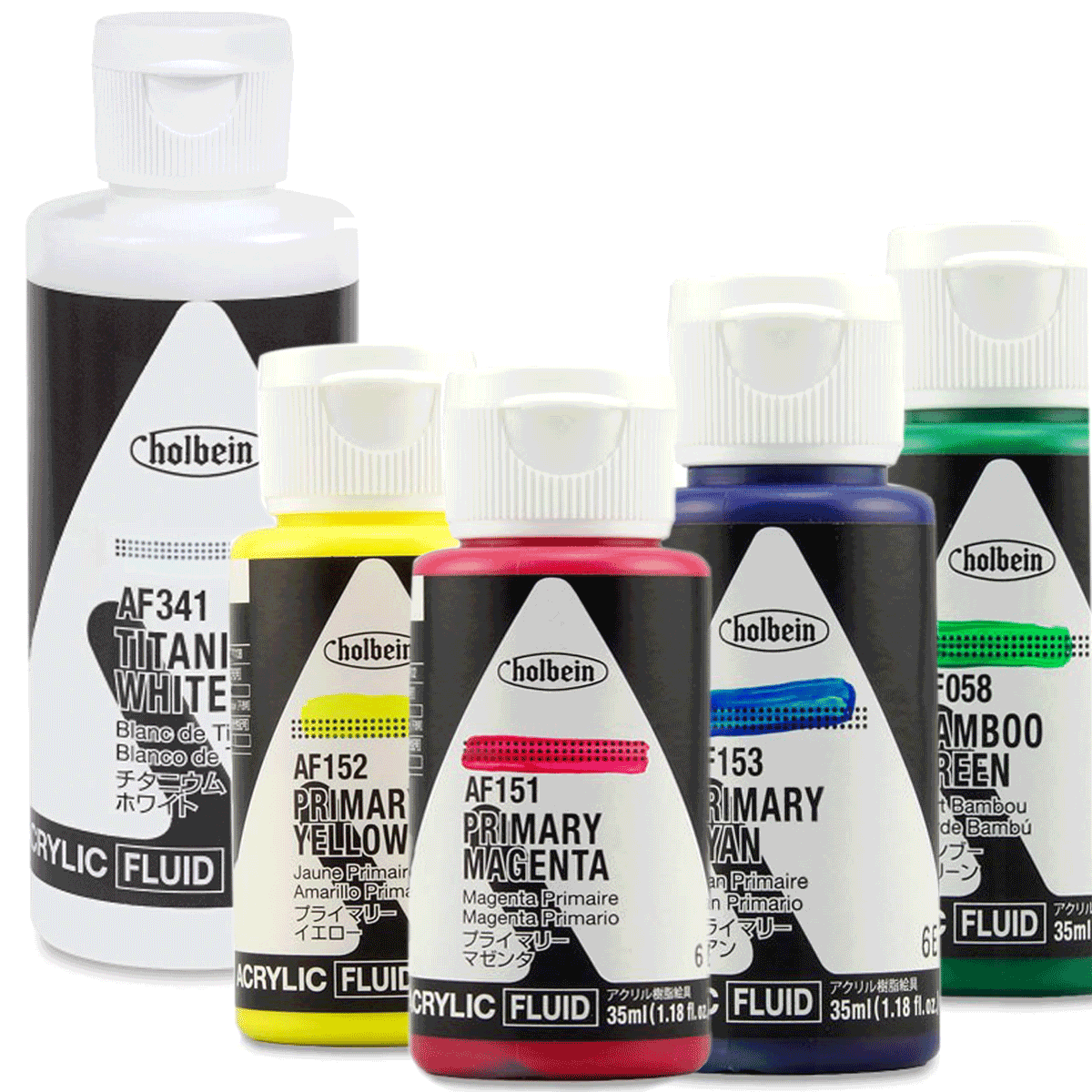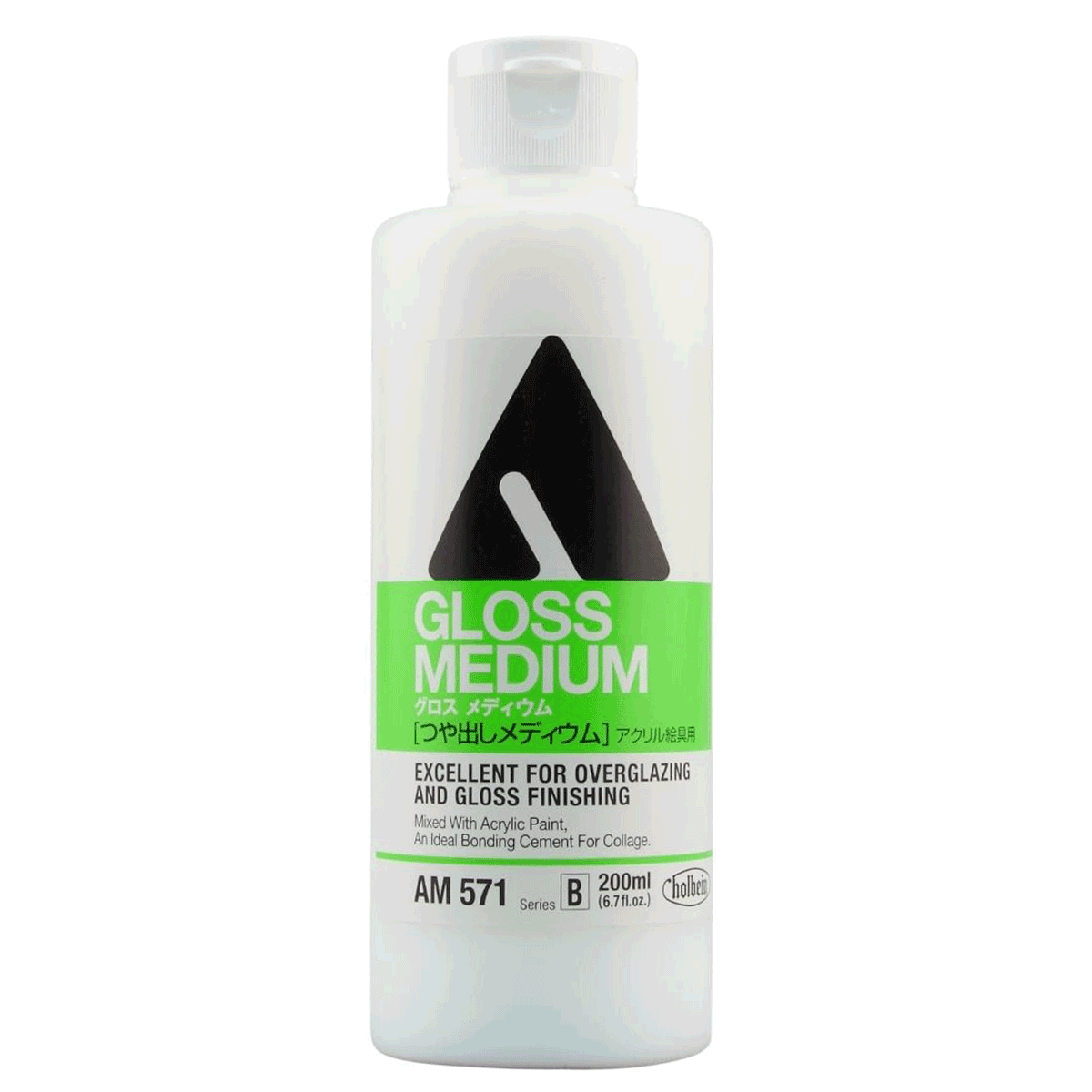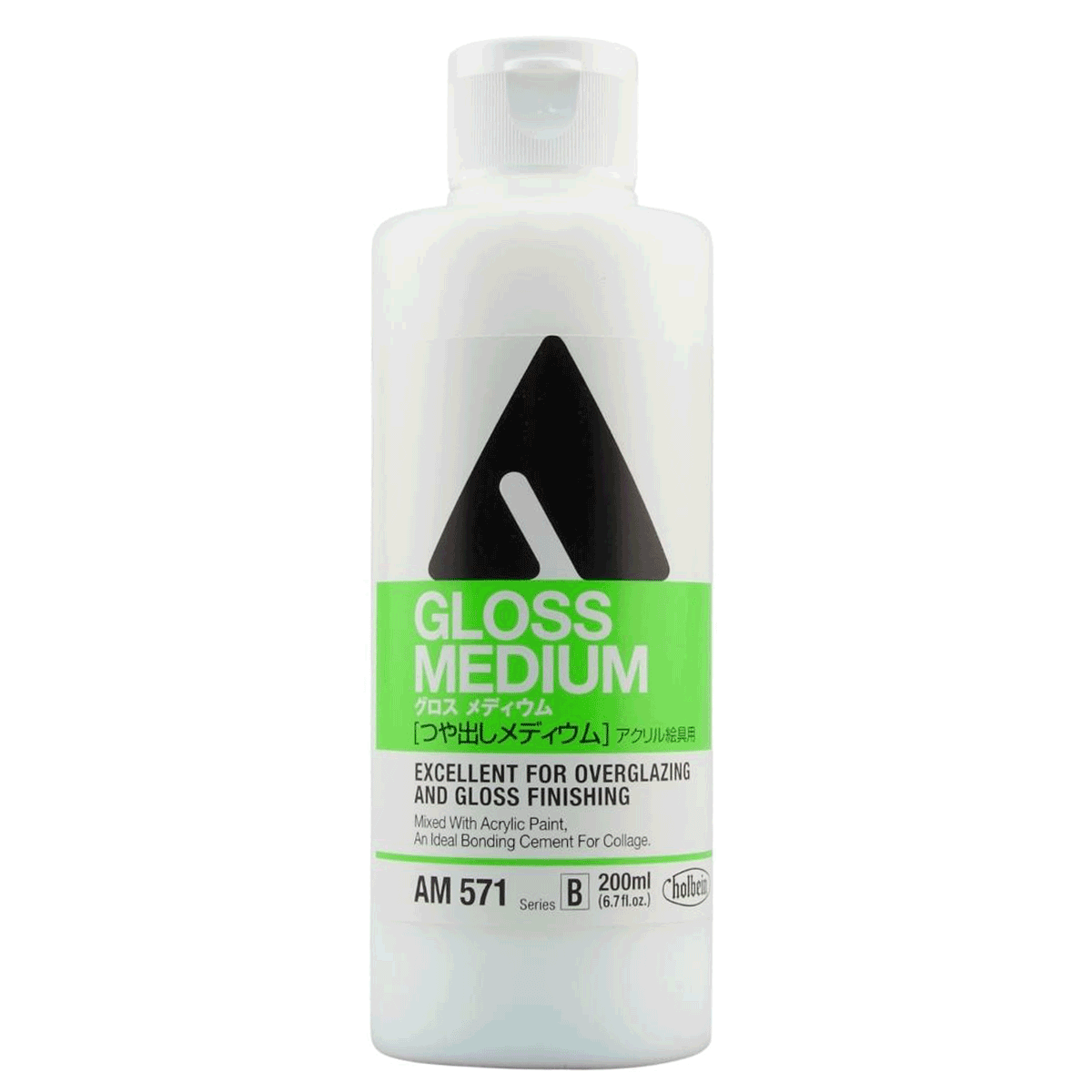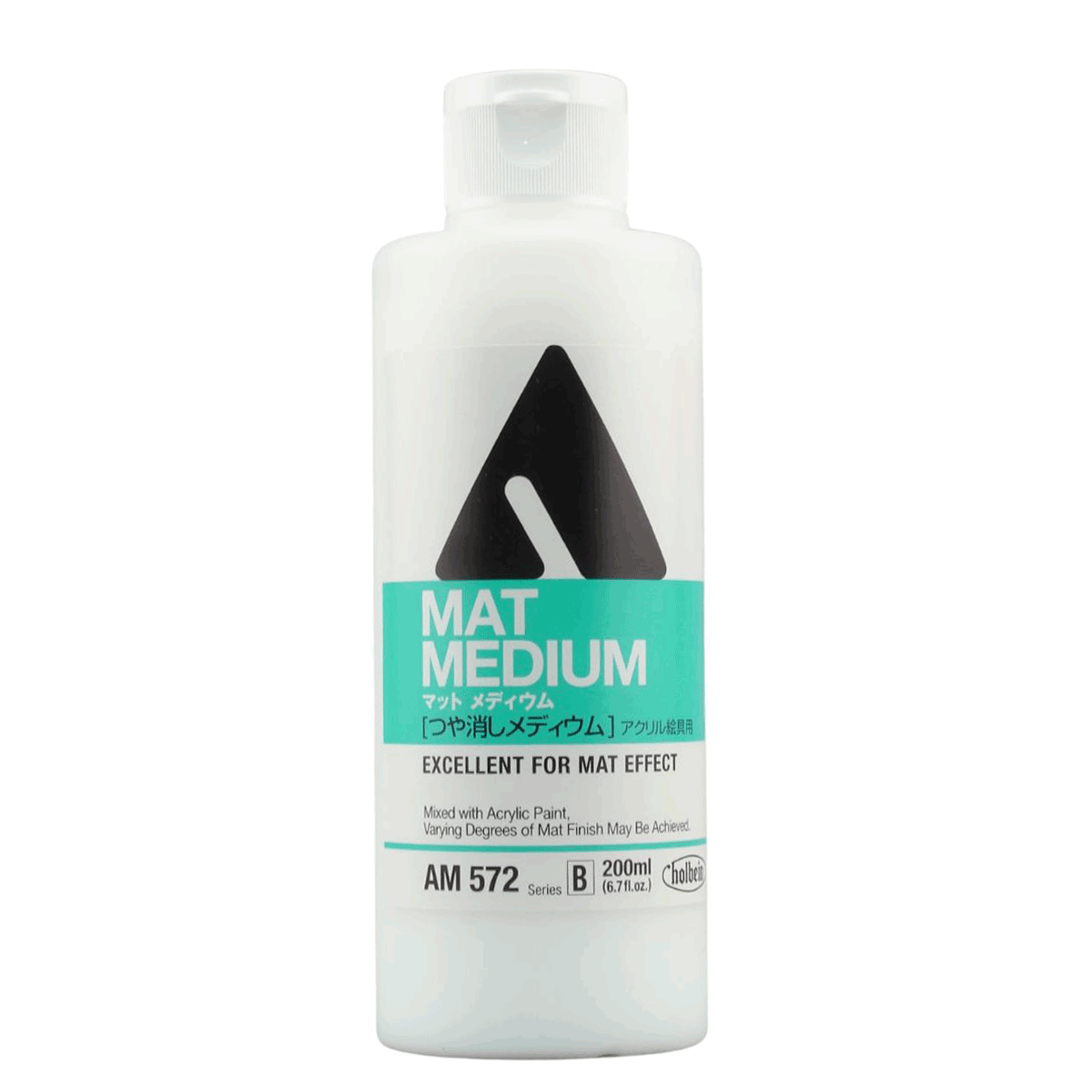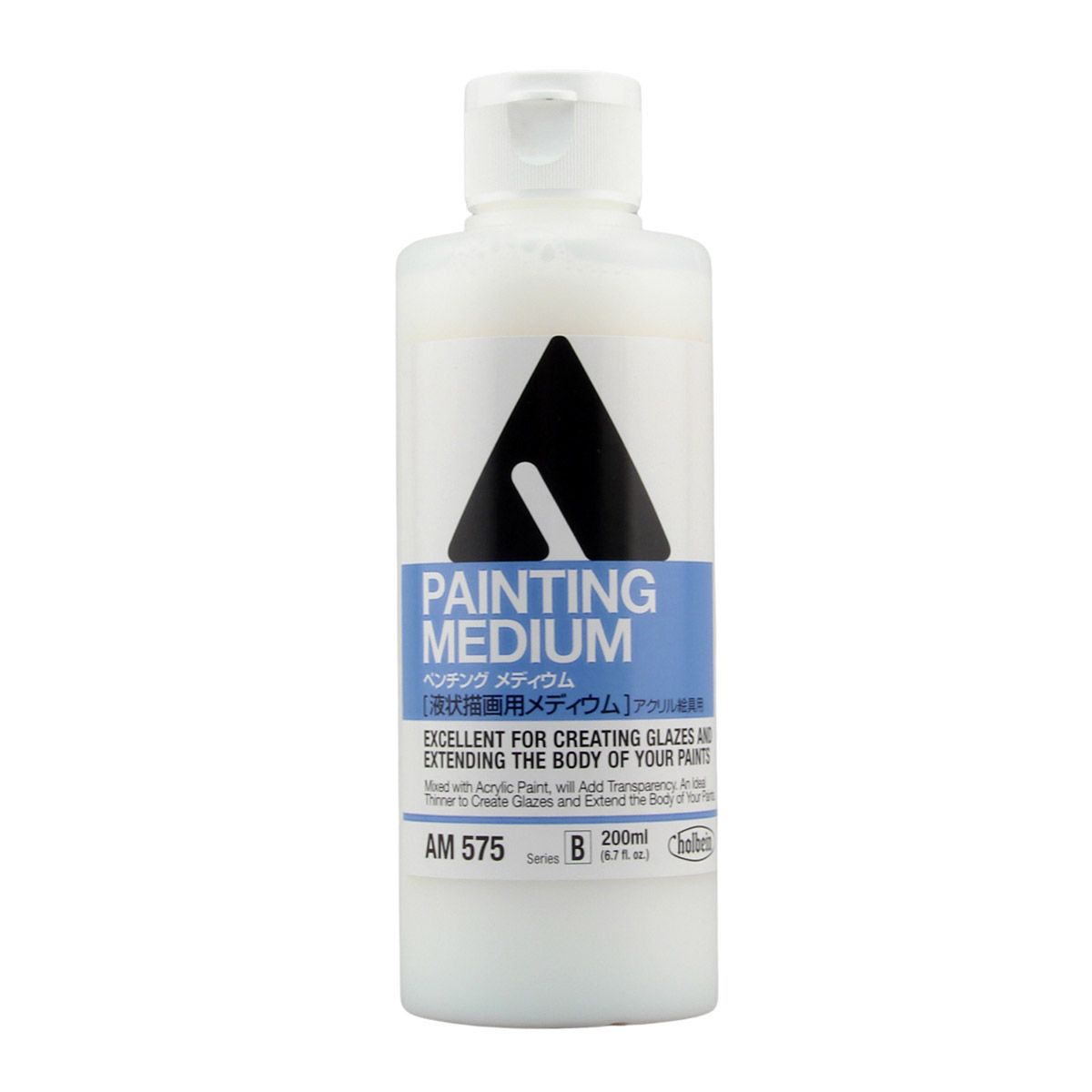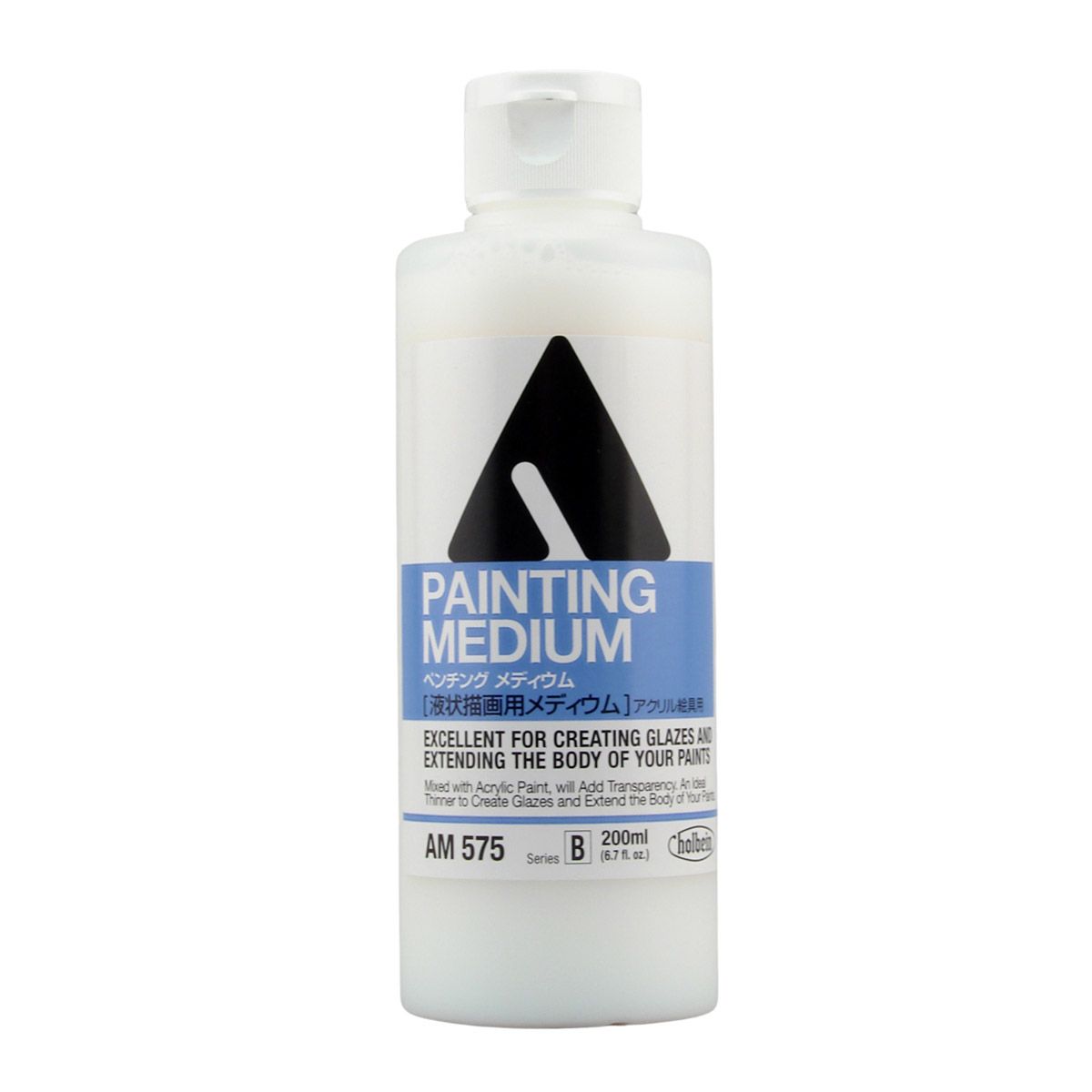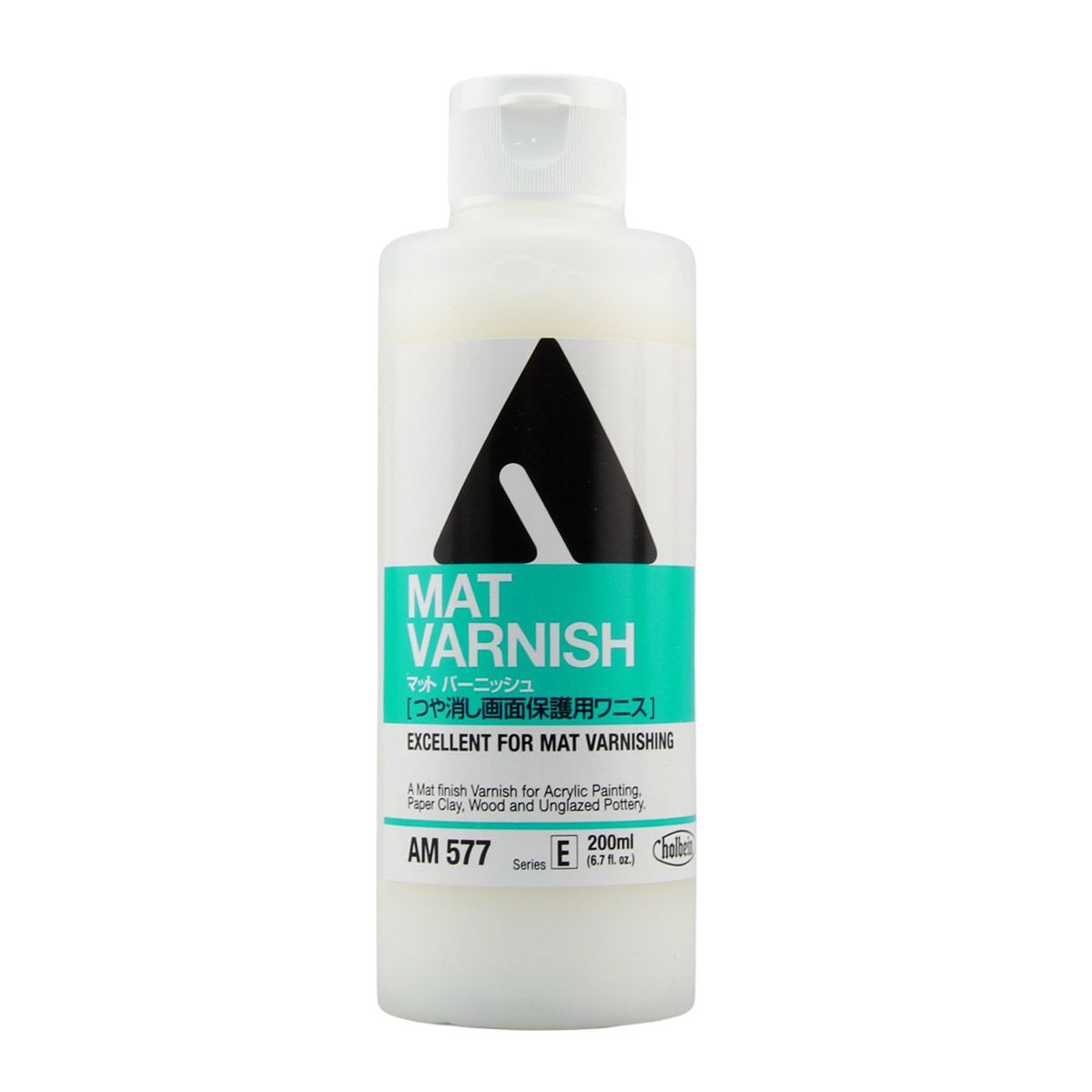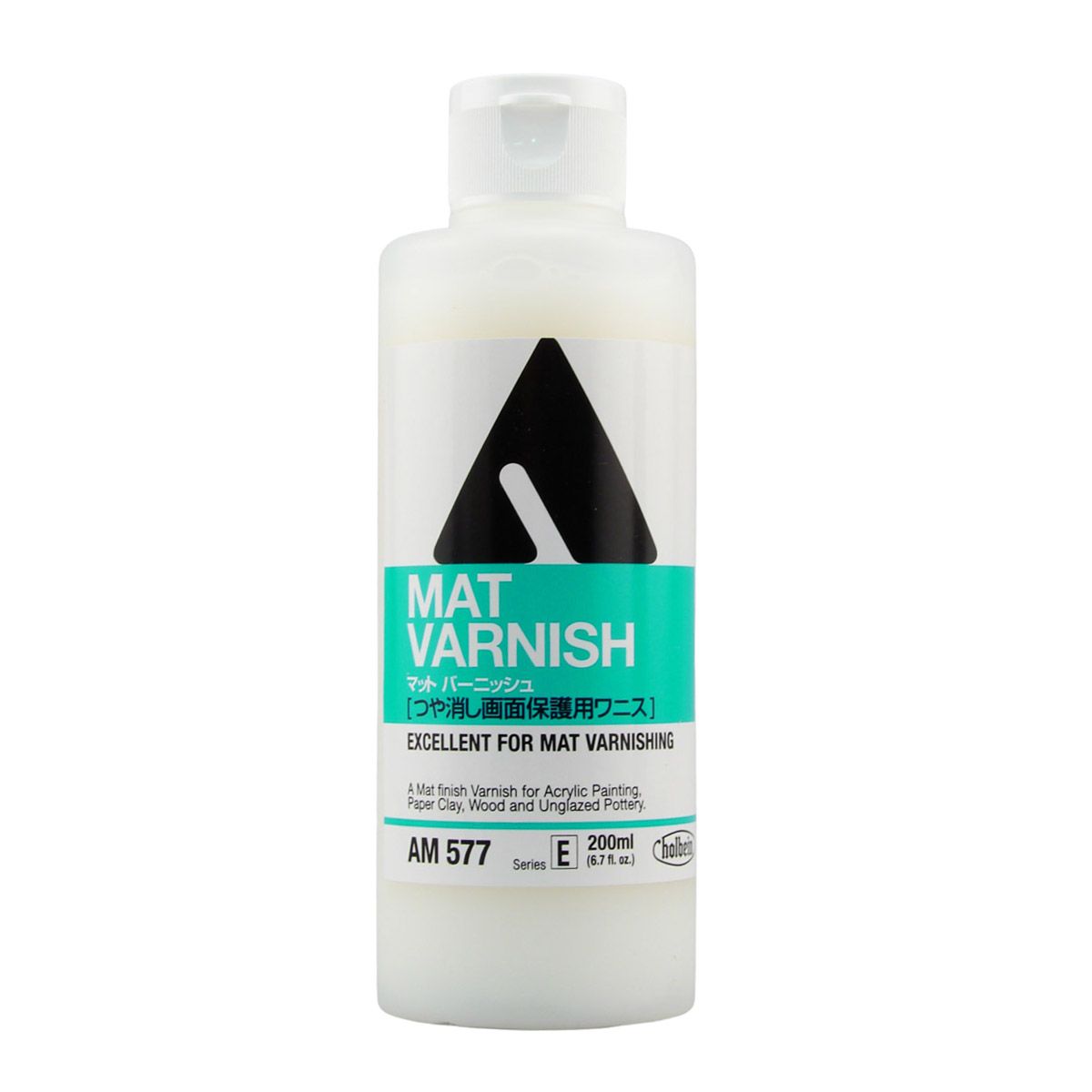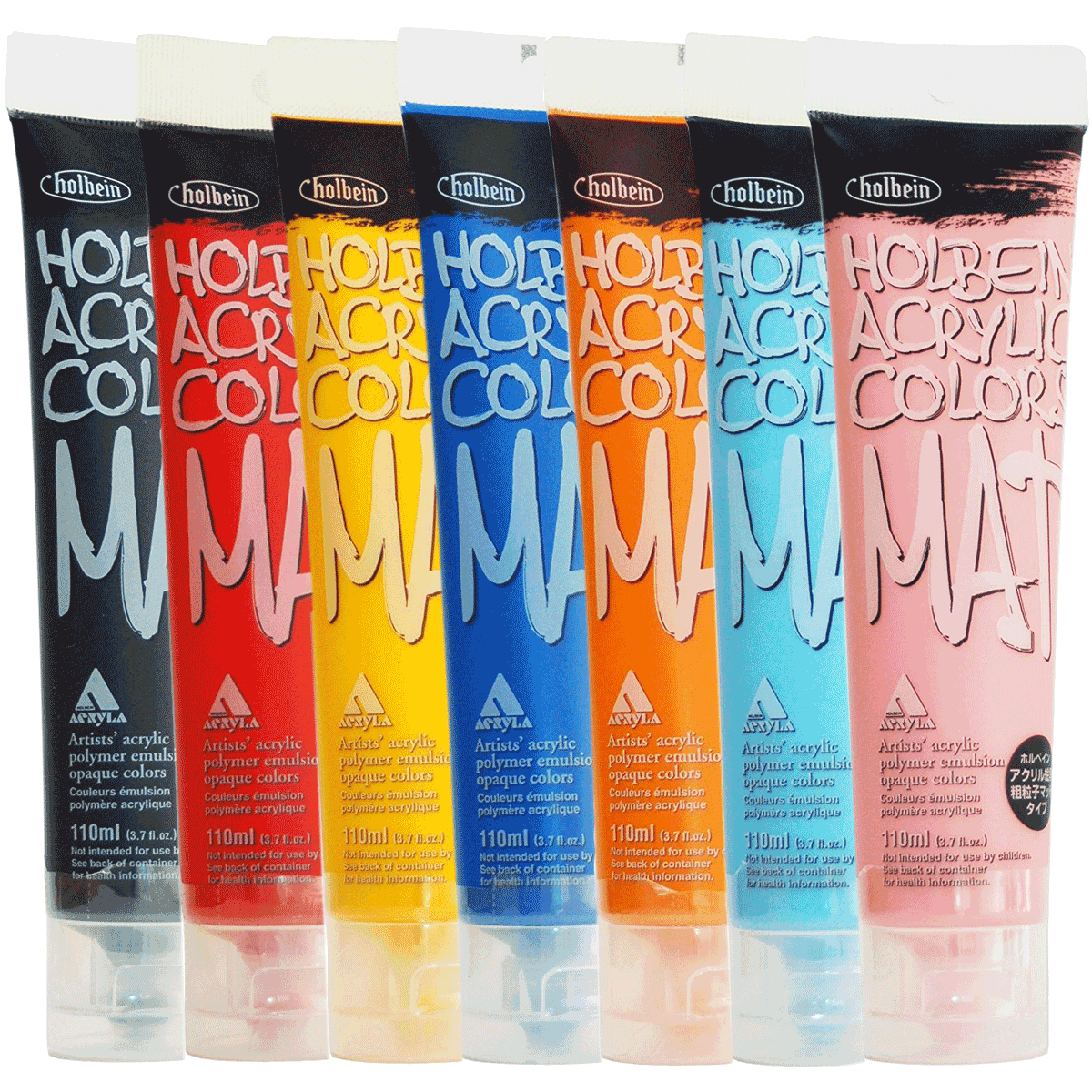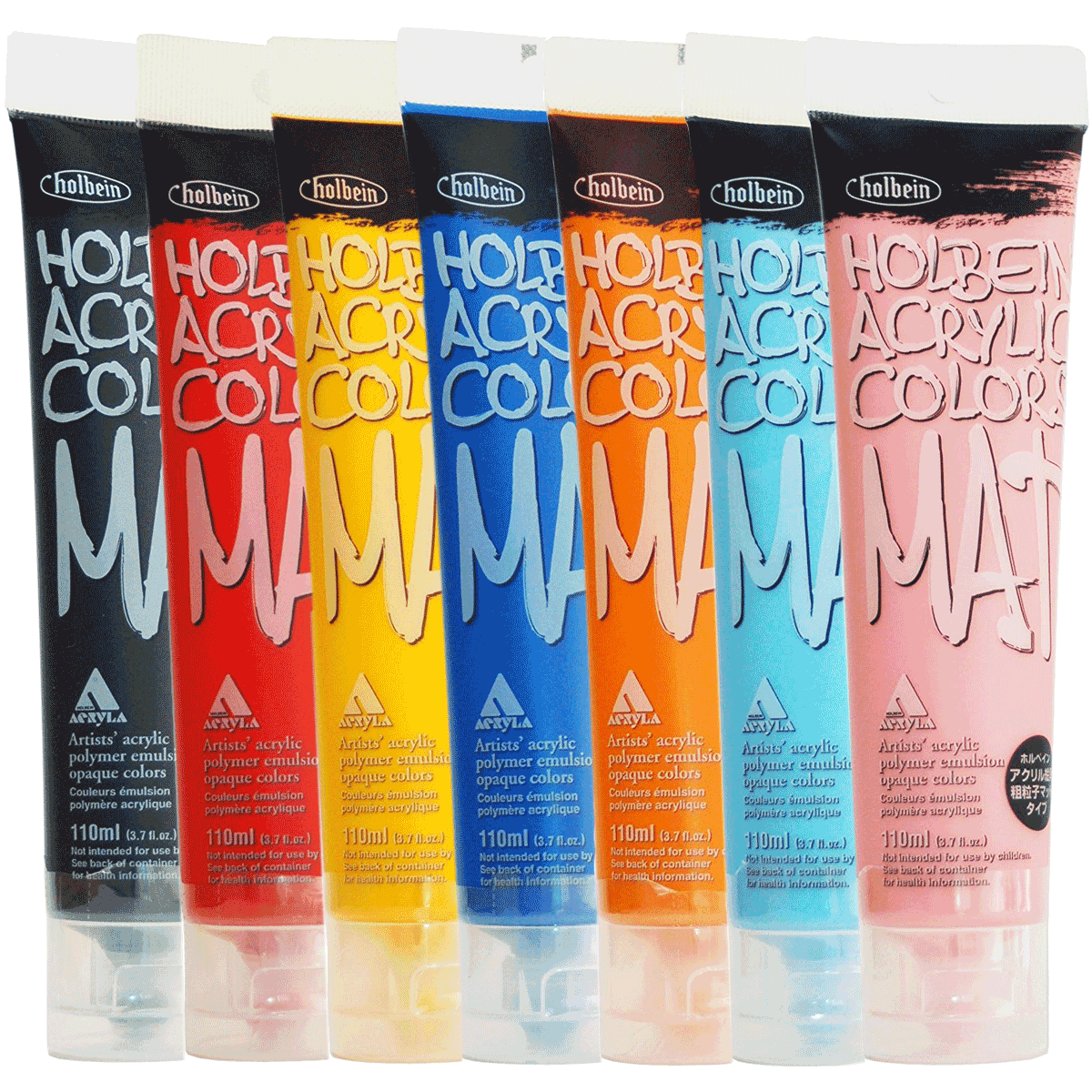Holbein Mat Acrylic Shell Pink - 110 ml Tube
M004 Shell Pink / Rose de Coquille - Benzimidazolone Orange PO36, Naphthol Red PR9, Titanium White PW6
Shell Pinka light yellowish pink; its first known use was 1887. The benzimidazole group of pigments was developed and patented in 1960 by Hoechst A.G., a German chemical manufacturer forerunner of the pharmaceutical company Aventis. Titanium dioxide was first discovered in 1821, and widespread use of the pigment began in the 1940s.
- Series: B
- Lightfast: **
M004 Shell Pink / Rose de Coquille - Benzimidazolone Orange PO36 (organic, monoazo), Naphthol Red PR9 (monoazo, Titanium White PW6 (inorganic, titanium dioxide)
Shell Pinka light yellowish pink; its first known use was 1887.
Series: B
Lightfast: **
Pigment 1: Benzimidazolone Orange PO36
The benzimidazole group of pigments was developed and patented in 1960 by Hoechst A.G., a German chemical manufacturer forerunner of the pharmaceutical company Aventis. The use of benzimidazolone pigments in the auto industry, especially Benzimidazolone Orange, became common in the 1980s because they were common replacements for lead chromate pigments, which were phased out during this period.
- Pigments name: PO36-Benzimidazolone Orange, PR9-Naphthol Red, PW6-Titanium White
- Pigment Type: organic, monoazo
- Chemical Name: n/a
Properties: Benzimidazolone Orange is a reddish-orange pigment that can lose its intensity and dull tints. It has an average drying time.
Permanence: Benzimidazolone Orange has excellent lightfastness and outstanding heat and solvent stability for a monoazo pigment.
Toxicity: Benzimidazolone Orange is not considered toxic.
Alternate Names: n/a
Pigment 2: Naphthol Red PR9
History Unknown
- Pigments name: Naphthol Red PR9
- Pigment Type: monoazo
- Chemical Name: n/a
Properties: This Naphthol Red is a bright deep red with bluish undertones. It has an average drying time.
Permanence: This Naphthol Red has fair to good lightfastness, not because of its masstone, but because it fades in tints. Not suitable for exterior use.
Toxicity: Naphthol Reds are not considered toxic. They may cause eye, skin, or respiratory irritation. Contact with dry pigment should be avoided.
Alternate Names: Naphthol, Naphthol Bordeaux, Naphthol Carbamide, Naphthol Carmine, Permanent Carmine, Permanent Red.
Pigment 3: Titanium White PW6
Titanium is the ninth most abundant element in the Earth's crust; however, mineral deposits that are economical to mine are less common. Titanium dioxide was first discovered in 1821, although it could not be mass-produced until 1919. Widespread use of the pigment began in the 1940s. Since that time, it has become the most commonly used white pigment. The name comes from the Latin word Titan, the name for the elder brother of Kronos and the ancestor of the Titans, and the Greek word tito, meaning day or sun.
- Pigments name: Titanium White PW6
- Pigment Type: Inorganic
- Chemical Name: Titanium dioxide
Properties: Titanium White is the most brilliant of the white pigments. It is considered an all-purpose oil colour useful in all techniques and the best all-around white. Its masstone is neither warm nor cool, placing it somewhere between Lead White and Zinc White. It is less prone to cracking and yellowing than Lead White, but it still yellows easily. Titanium White dries slowly in oil form, more slowly than Lead White but more quickly than Zinc White. It is opaque in oil and acrylic forms and semi-opaque in watercolour form. This pigment has good chemical stability, and its tinting strength is superior to both Lead White and Zinc White.
Permanence: Titanium White has excellent permanence and lightfastness.
Toxicity: Titanium dioxide is highly stable and is regarded as completely non-toxic. Animal studies do not indicate that it is absorbed biologically, even after long periods of exposure. The primary safety concern is with inhalation of fine pigment dust particles. If inhaled in large amounts over several years, Titanium White may cause benign pneumoconiosis visible on x-rays. The National Institute of Occupational Safety and Health (NIOSH) considers fine titanium dioxide particles, if inhaled, to be a human carcinogen. The primary concern for artists is to avoid exposure to fine particulate dust from raw pigments.
Alternate Names: None.
| Size | 110 ml |
|---|---|
| Brand | Holbein |
| Country of Manufacture | Japan |
| Type of Store Credit value | Select |










